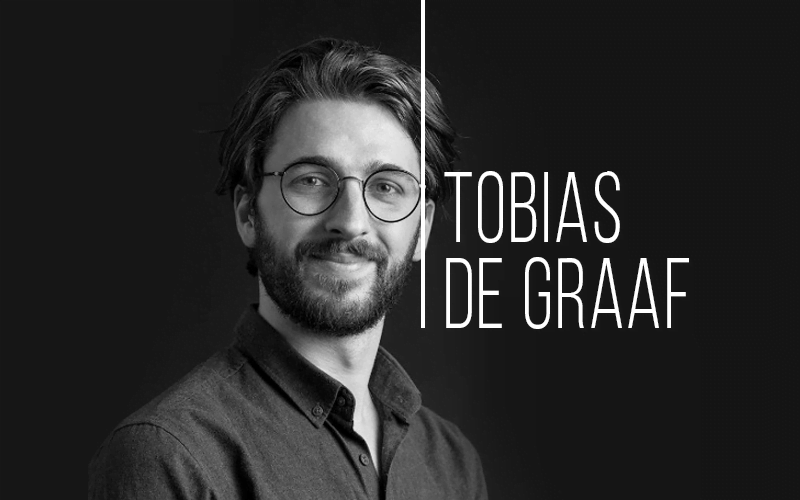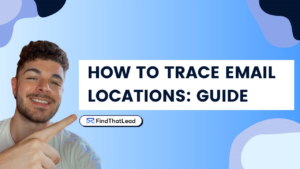Tobias de Graaf is the co-founder of infowijs and Hoyapp. He has been creating new practices that people can relate to. He(help) found tech/creative startups, initiate original projects and develop strategies to grow.
Over the last few years, He started Infowijs (a web studio for schools and governments), hoy app (a communication app for schools) and Schoolwiki(an online school guide platform). What these apps do is help the public sector move forward and innovate.
Schools and governments should reap the benefits of today’s technologies and possibilities, and he challenged them to do precisely that.
As side-projects, He also created MOXHI(an artisanal bag brand) and Startup Inspiration Tour (the name is quite self-explanatory).
Time-Stamped Keynotes-
[05.14]- Tobias is a political scientist from his educational background, and he lives in Amsterdam
[05.45]- He did minor entrepreneurship during his studies
[07.05]– Hoyapp is a communication app for schools, teachers, and parents
[08.12]- Hoyapp is all in one communication app for teachers and parents where they have better privacy, better communication with the mentors
.[09.32]- Gerard’s website is in English because his business is global and has an international audience
[11.07]– Tobias was interested in growth hacking, and he started experimenting about it with his own companies (Hoyapp and Infowijs)
[11.27]– He realized that growth hacking is a mindset and started experimenting with growth hacking tools.
He also started taking freelance assignments.
[12.16]– A growth hacker helps you reach the audience, and an ethical growth hacker helps you validate methods of reaching a wider audience
[12.48]- No right product-no good audience. If your product is not good, you can not find good growth hacker for it.
[13.30]– Growth hacking is about tweaking your product, your audience and then finding ways to enlarge your audience
[14.49]- Gerard believes that data measurement and analysis should go hand in hand
[15.30]- If you want to make your product more useful, you should talk to your customers
Tobias talks to parents and teachers to make his product better
[16.12]- Gerard does one of his latest events to hang out with like-minded people, and he believes that enjoying them is more necessary than anything else
[17.30]- There are so many examples of companies that use growth hacking to grow faster
[18.02]- Gerard has taken inspiration from Hotmail’s growth hacking strategy
[19.12]- A lot of schools are inefficiently organized and are not used to work with tools like them. They are more concerned about the education they give
[20.02]- Tobias realized that 80-90% of his target audience is not ready yet for their product, so they decided to go only for those 10-20% of innovators and early adopters
[20.32]– Tobias looks for Hoyapp’s target audience at Linkedin ads, magazines and finds their emails using findthatlead.
They then communicate with people who might be looking for solution their tool provides
[21.10]- They have a referral program for schools
[22.53]- B2b growth hacking is harder than b2c growth hacking
[23.02]- You should not apply b2c growth hacking techniques to b2b
[24.30]- Linkedin ads are suitable, but one should experiment with google ads and Facebook ads to find their best fits
[25.03]- Conversion rates for their product are around 3% for demo requests, but once we have a customer, our retention rate is 100%
[26.44]- When using LinkedIn ads one must know their target audience exactly
[27.17]– Gerard follows “micro-target your market” tip and FTLtargets people who are into marketing and growth hacking
[28.18]- Tobias talks back to people who visited his profile. Directors of schools want to talk overcall when they receive an email from Hoyapp
[29.11]- Gerard talks about scrab.in, the LinkedIn automation tool they developed in two years
[30.00]- Scrabin is simple, and it only allows automation on 400 profiles per day
[30.15]- Scrabin does everything on the server and helps overcome the limitations of chrome extensions
[31.08]– It is better to run all your LinkedIn automation on the remote server
[32.35]- Both Gerard and Tobias know how to code, and they would like to learn who to code in their next life
[33.22]- FindThatLead uses a big bucket instead of GitHub
[34.33]- They have got some of the words of mouth referrals through Linkedin groups
[35.14]- Facebook groups and word of mouth have been working for them a lot
[36.42]– It will be useful if you connect with the administrator of the Facebook groups directly
[37.32]- Tobias talks about the “snowball effect,” word of mouth spreading throughout between parents
[38.38]- Gerard talks about his approach of evaluating his yearly goals
[39.22]- Tobias is so proud of the fact that they have no investments yet they can bear all the expenses
[40.14]- Both Gerard and Tobias believes that graph of growth for most of the startups is linear
[41.37]- Gerard thinks that if your competitor is growing, then your market is growing, which is encouraging for you too
[42.42]- Make sure that you are friends with your competitors on social media
[43.26]- Tobias thinks he is not a good user of social media
[44.06]- Gerard eliminates what he does not like to do by getting someone from outside to do the same
[45.15]– Tobias likee the book “Zen and the Art of Motorcycle Maintenance” by Robert M. Pirsig
[46.32]- This book inspired him to quit his job and pursue entrepreneurship
[47.54]- Regularly Walking his dog has made Tobias more efficient in his work
Read An Eye-Opening Guide To Getting Viral On Linkedin
Key Takeaways
- Books to read-“Zen and the Art of Motorcycle Maintenance.”
- Lifehack- Walking his dog







 BONUS:
BONUS: The Challenge: Join this free course and I guarantee that after 5 days you will have the necessary skills to start generating B2B clients Growth Hacking and Prospecting techniques.
The Challenge: Join this free course and I guarantee that after 5 days you will have the necessary skills to start generating B2B clients Growth Hacking and Prospecting techniques.